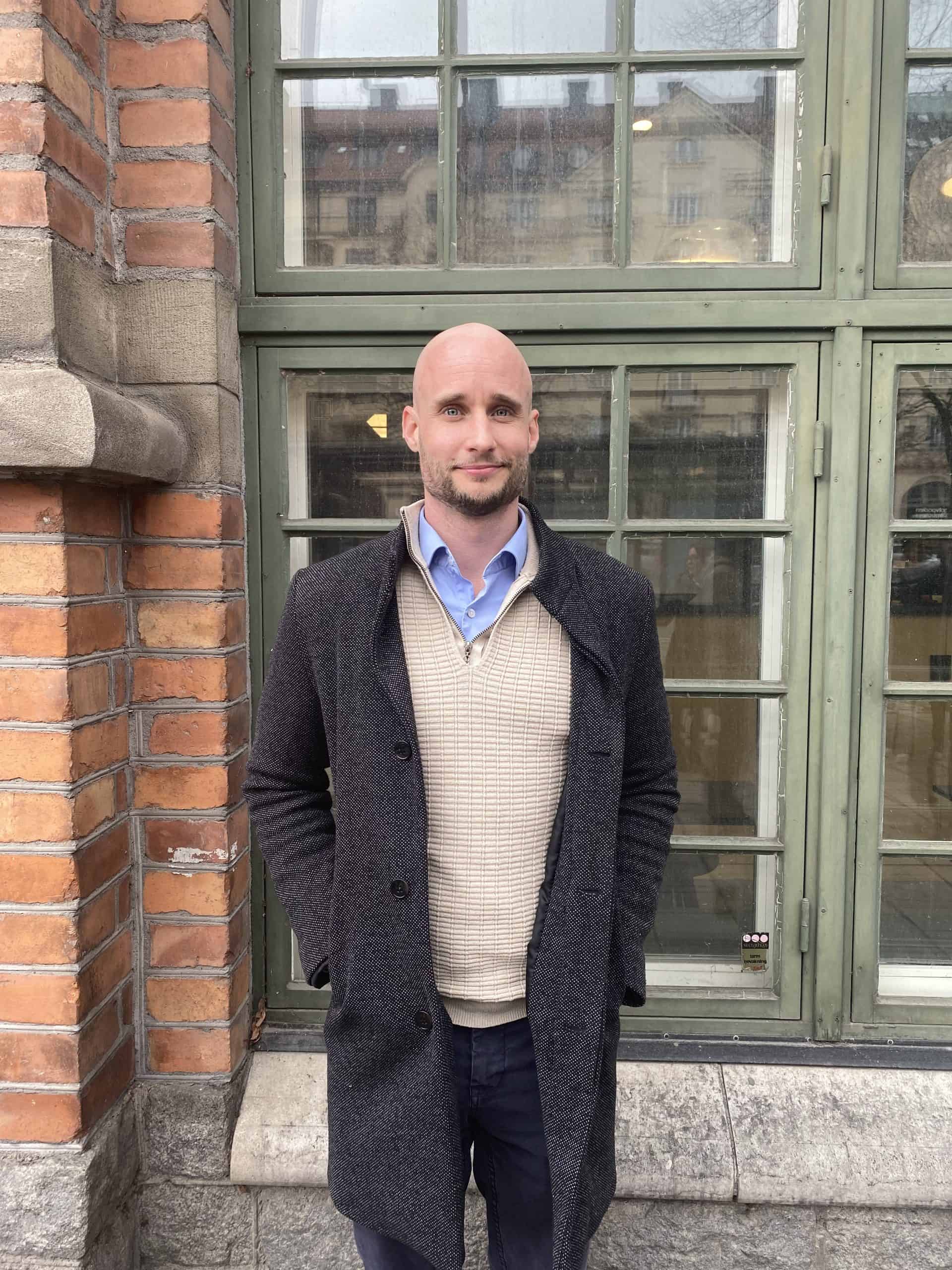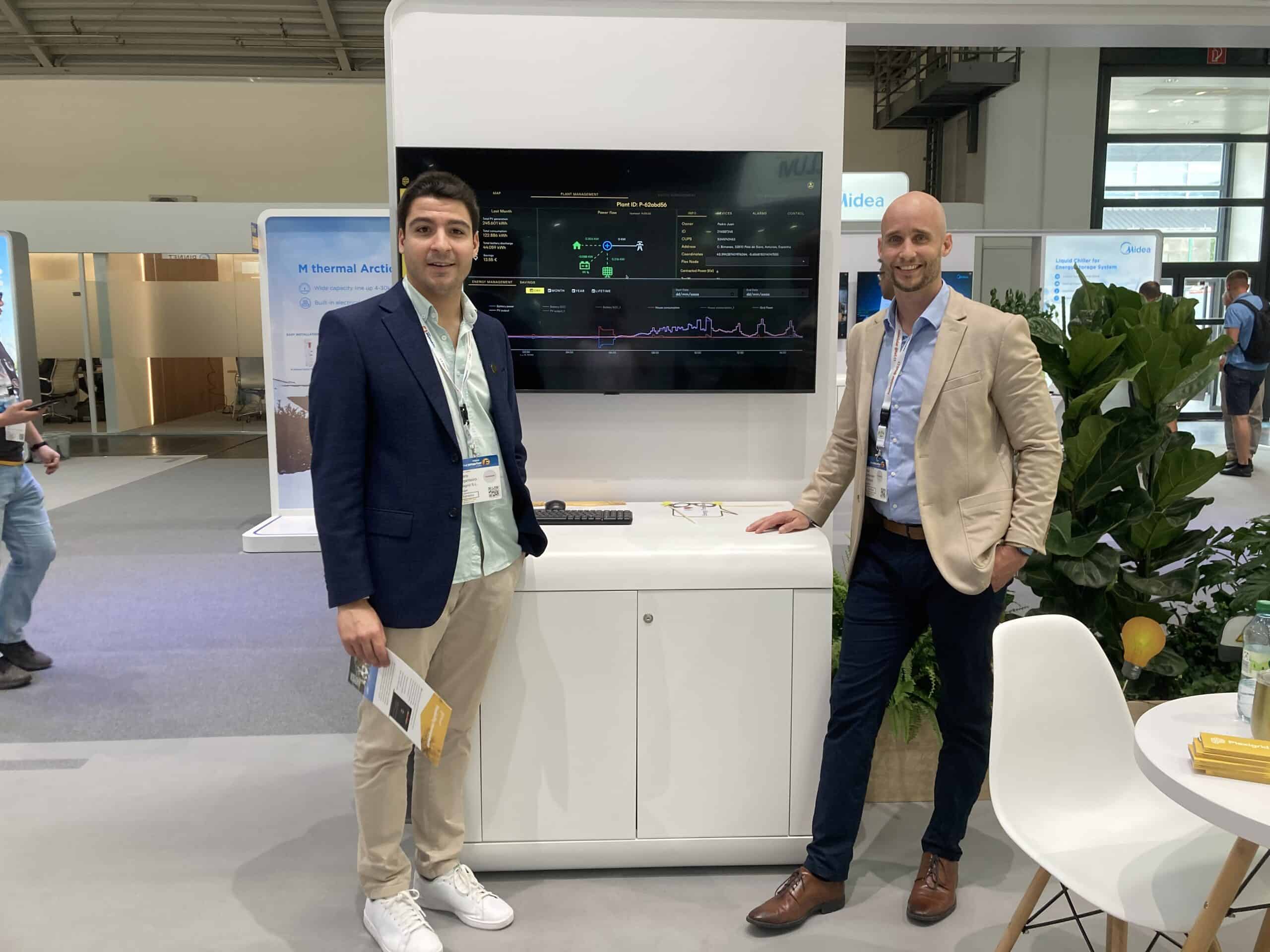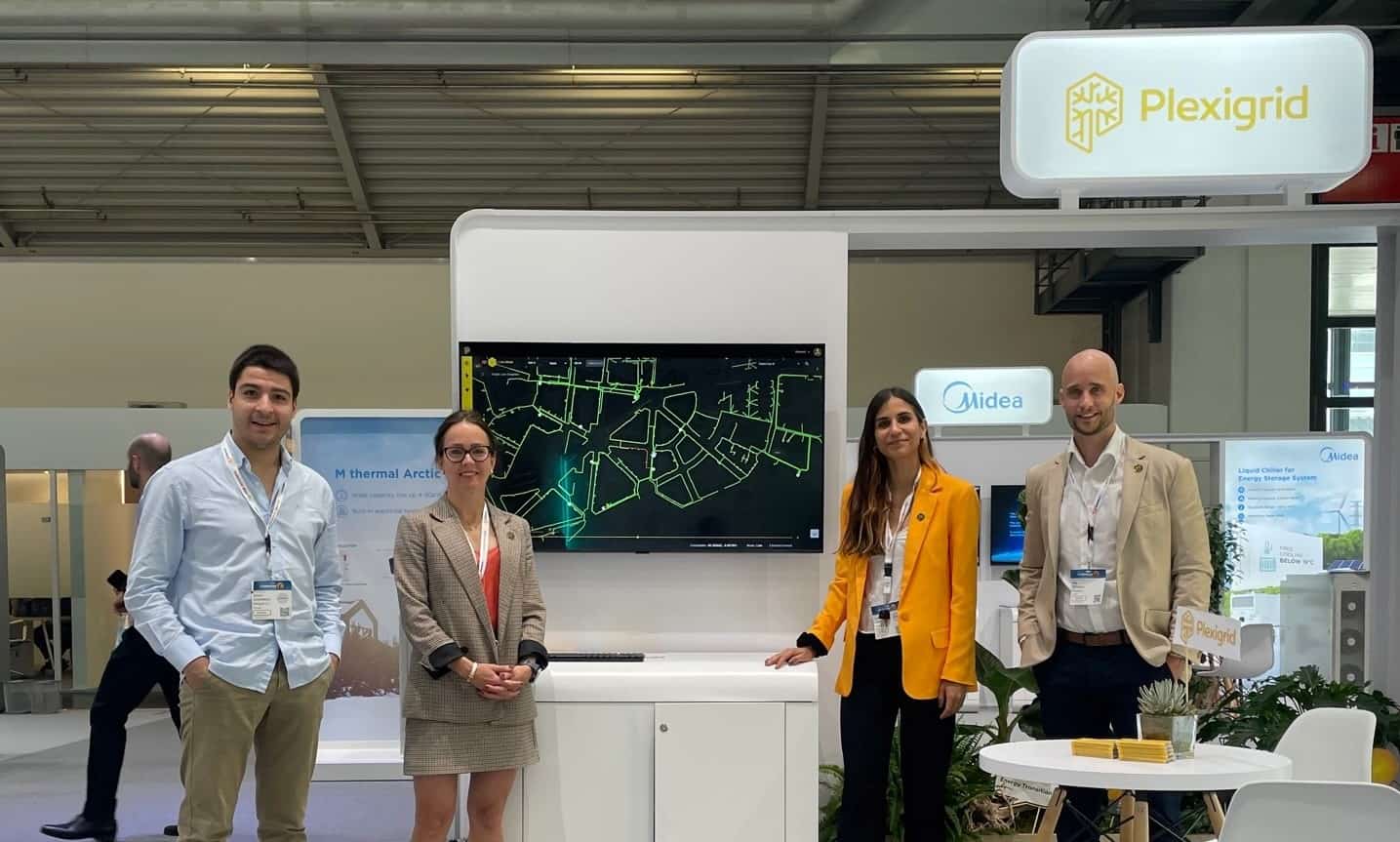With technology that visualises bottlenecks in real time, Plexigrid will help grid companies to operate and plan the power grid in a simpler way. The visualisation also makes it possible to activate available flexible resources.

Pål Ottersen. Photo: Plexigrid
“At Plexigrid, we see it as incredibly important to participate in research and exchange of experience of smart grids. We see that Norway is far ahead in many areas, and the grid companies have many talented people who think innovatively when it comes to developing new concepts to handle electrification in the years to come,” says Pål Ottersen, Key Account Manager in Plexigrid’s Norwegian branch.
Plexigrid is a supplier of digital twins and tools for congestion management. They specialise in solutions for the distribution grid. The company has its roots in the electrical power department at the University of Oviedo, located in northern Spain, and has experience from research projects in Spain, Sweden, Finland, Ireland and New Zealand.
Exchange of experience between countries
“In Spain, we have had several projects on how we can minimise losses in grid areas with several hundred thousand customers in large mesh networks. Here, a digital twin has been implemented that provides alerts if set voltage values or the current delivery quality are exceeded,” says Ottersen.
In New Zealand, they have just kicked off a concept called “Dynamic Operating Envelopes”, which is about import and export limits that change in time and location.
“This concept can enable higher levels of energy export from customers’ solar and battery systems by allowing higher export limits when there is more capacity on the local grid,” says Ottersen, emphasising that they find it important to contribute with experiences from the different strategies that are now being tested in different countries – from Oceania to the Nordic region.

Pål Ottersen (right) and Alvaro Carpinteiro attended Intersolar 2023 in Munich, Germany. Photo: Plexigrid.
Norway is doing a lot right
Plexigrid also wants to bring experiences from Norway out into the world:
“We also see that both Brussels and grid companies from several countries are looking at the development that is happening here in Norway, especially with regard to the electrification of the transport sector.
Both NTNU and SINTEF are at the forefront, and Nodes, Elhub and the new Elbits are examples of how we’re doing things right in Norway,” Ottersen says and elaborates:
“I would say that many of the projects that have been done in the past are state of the art. The Smartgrid Centre is an important facilitator for developing new technology, and promotes projects that actually set standards for the rest of the world. Through the Smartgrid Centre, we can learn a lot from other projects and pilots, but we also hope to be invited to participate in new collaborative projects in 2024 and beyond. We are happy to take on specific challenges, that’s how we create innovation,” says Ottersen.

From left: Alvaro Carpinteiro, Linda-Maria Wadman, Estefanía López Turnes, and Pål Ottersen showcase Plexigrid’s solutions during Intersolar 2023, in Munich, Germany. Photo: Plexigrid.
Standardisation will be important
Plexigrid is good at digitalisation, data analysis and IoT. They have extensive experience of using AMS data to control and detect documentation errors, and have worked extensively with flex management and the various methods that can be used to solve bottlenecks in the distribution network.
“Being able to see where you have problems in the network, and why, is the starting point for solving bottlenecks, and we’ve been working on this for over eight years. The goal since the start has been to be able to give a DSO the same type of visibility on the distribution grid as a TSO has on the transmission grid,” explains Ottersen.
For the industry as a whole, Ottersen highlights standardisation as one of the most important aspects of smart grids in the years to come:
“The CIM initiatives of former DIGIN and Elbits will be important going forward. “We need to make data from NIS available and bring in more pilots on specific issues. We can’t solve everything at once, but we can start somewhere. At the same time, it is extremely important that investments in digital twins and asset management software should be on an equal footing with physical investments in the network. This will in turn give network operators greater incentives to test new digital technology.
*Interview conducted by the Norwegian Smartgrid Centre.

